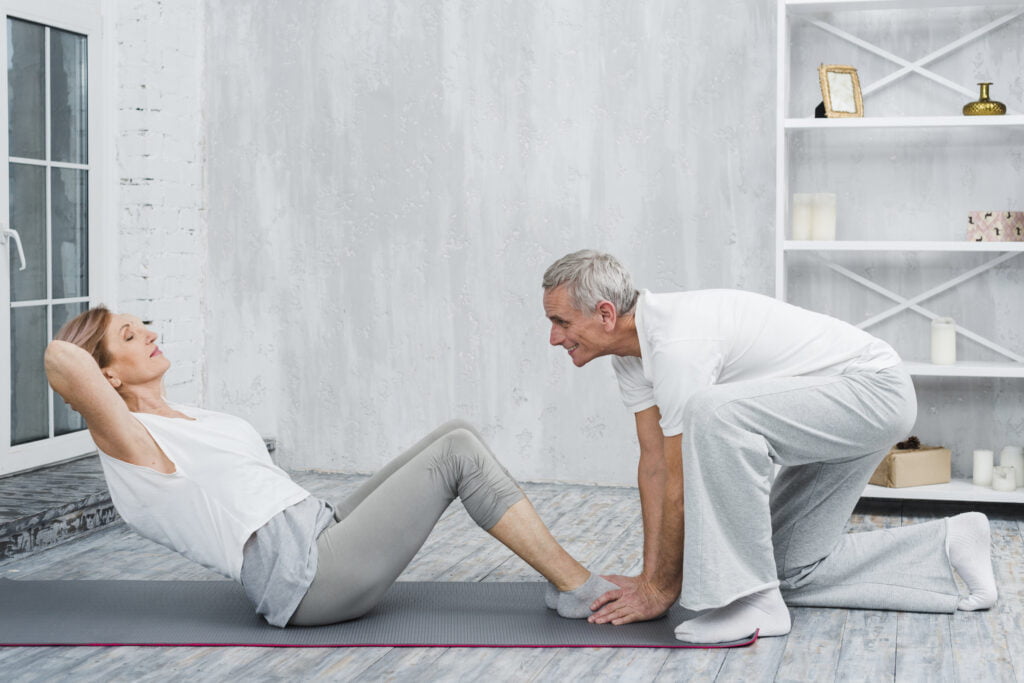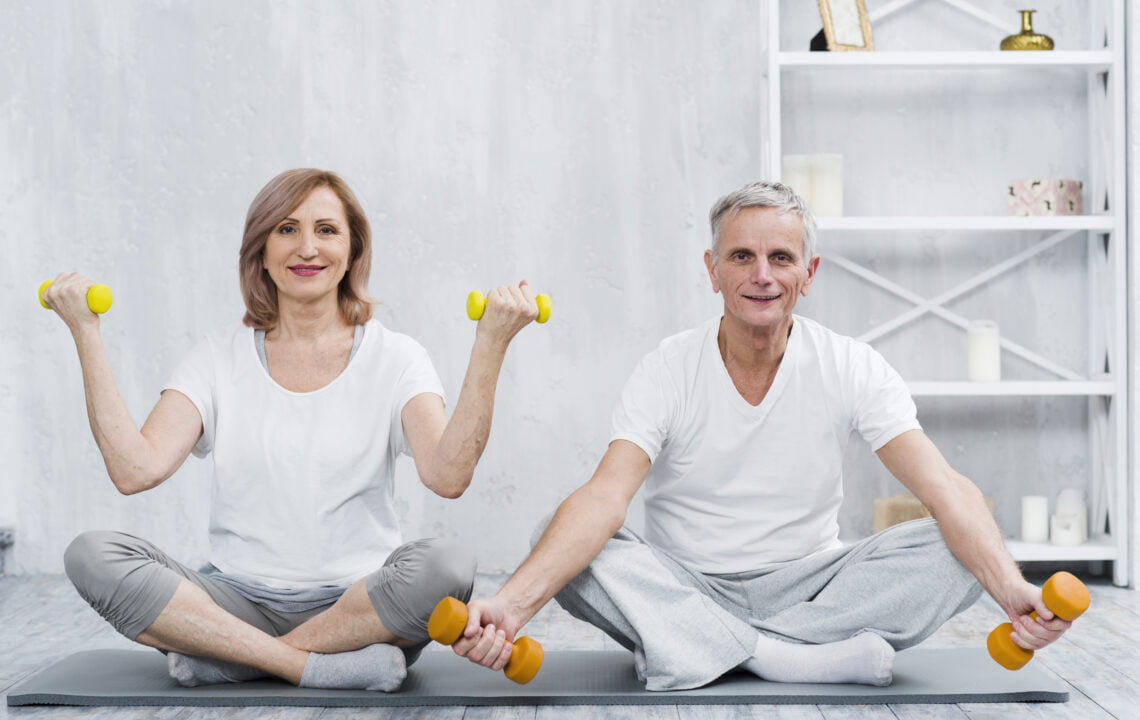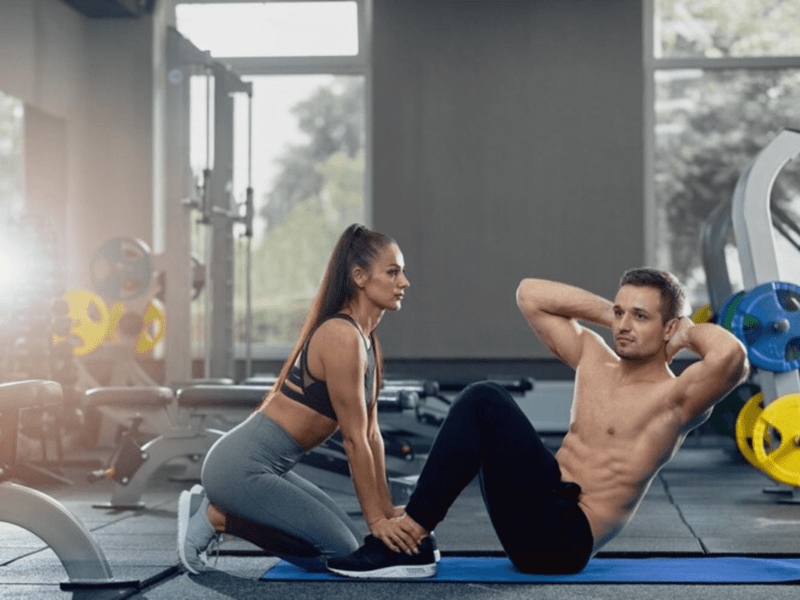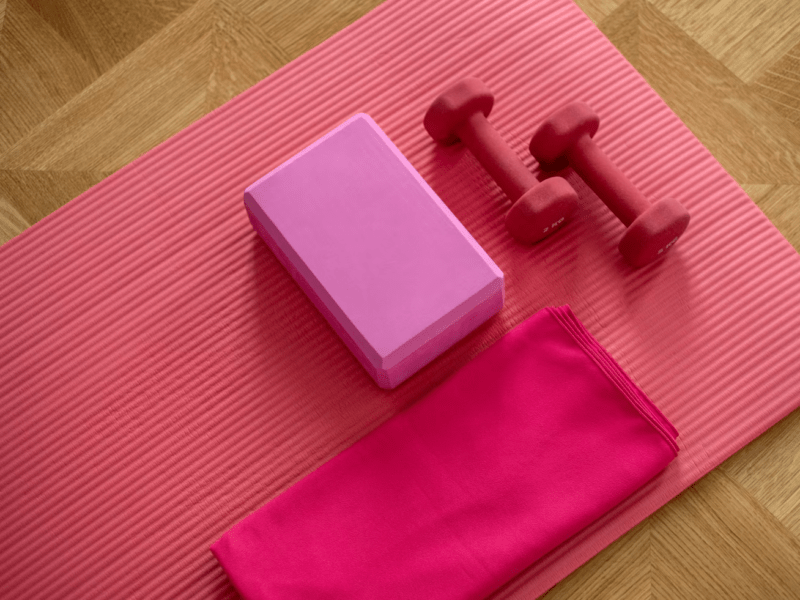Imagine a puzzle with lots of pieces: your body type, any health issues you might have, your daily routine, and what you want to achieve with your workouts. Each piece is important in figuring out the best plan for you to get fit and feel good.
Let’s embark on a journey together to uncover what makes you tick when it comes to fitness. We’ll piece together the puzzle of your exercise needs and find the perfect plan for you.
Are you ready to start this adventure toward a healthier, happier you? Let’s take that first step together and discover the path that’s waiting for you.
5 Reasons for Varied Exercise Needs in Individuals:
1. Age-related Changes:
2. Gender Differences:
3. Health Conditions:
4. Psychological Factors:
5. Personal Preferences and Lifestyle:
How to Customize Your Workouts to Achieve Individual Goals:
1. Know Your Goals:
Establish Clear Objectives: Define specific short- and long-term goals to guide your fitness journey. Seek guidance from healthcare professionals to ensure your goals are realistic and safe.
2. Do What You Enjoy:
Embrace Enjoyable Activities: Incorporate exercises that bring both physical and mental satisfaction. Choose activities that resonate with you to enhance motivation and consistency.
3. Find a Partner:
Accountability and Enjoyment: Partnering with a friend or family member can make exercise more enjoyable and increase accountability. Share your fitness journey and motivate each other to stay on track.
4. Track Your Progress:
Record Achievements: Keep a detailed log of your workouts to monitor progress over time. Celebrate milestones and use insights to refine your fitness plan for optimal results.
Adjust and Adapt: Continuously assess your progress and adjust your plan as needed to overcome obstacles and stay aligned with your goals.
5. Review and Refine Your Goals:
Flexibility and Adaptation: Remain flexible in your approach and adapt your goals as necessary to accommodate changes in circumstances or priorities.

1. Setting Goals within Cardiovascular, Strength, and Flexibility Training:
Goal Alignment: Determine specific targets for each component of fitness training based on your individual goals. For example, if weight loss is your objective, aim to include a balanced mix of cardio, strength, and flexibility exercises in your routine.
2. Implementing Comprehensive Exercises :
Holistic Workout Routine: Design a well-rounded regimen that encompasses cardio, strength, and flexibility exercises. Cardio workouts improve endurance, strength training builds muscle, and flexibility exercises enhance mobility and prevent injury.
3. Progression and Adaptation:
Gradual Challenge: Continuously challenge yourself by progressively increasing the intensity and duration of your workouts. Listen to your body and adjust your plan to avoid stagnation and ensure sustainable progress.
4. Importance of Nutrition Parallel to Your Exercise Routine:
Fueling Performance: Acknowledge the vital role of nutrition in optimizing exercise performance and recovery. Maintain a balanced diet rich in lean proteins, healthy fats, and complex carbohydrates to support your fitness goals.
5. Proper Diet Plan for Desired Fitness Results:
Nutritional Guidance: Seek professional guidance from a registered dietitian or nutritionist to create a personalized diet plan aligned with your fitness objectives. Ensure adequate calorie intake and nutrient balance to fuel workouts and promote recovery.
Benefits of Individualized Exercise Routine:
Customizing your workout to fit your needs has many advantages.
- Helps athletes enhance specific skills related to their sport.
- Keeps judgment sharp for those in extreme sports.
- Optimizes cardiovascular health for long-distance runners.
- Accounts for personal time constraints and responsibilities.
- Prevents injuries and supports recovery for individuals with past injuries.

Recommended Exercise Guidelines Between Individuals:
Teens: Aim for at least 60 minutes of moderate to intense physical activity daily.
Adults: Strive for 150 minutes of moderate activity weekly, along with strength training twice a week.
Older Adults: Follow similar guidelines with added focus on balance exercises.
Individuals with Disabilities: Aim for a combination of aerobic and strength exercises tailored to individual abilities.
FAQs on Exercise Needs Variation Between Individuals:
Exercise needs vary due to factors like age, gender, fitness level, health status, genetics, and lifestyle choices.
How does age affect exercise requirements?
Younger individuals may require more vigorous exercise to maintain fitness, while older adults may benefit from gentler forms of exercise due to factors like reduced muscle mass and joint flexibility.
What role does gender play in determining exercise needs?
Biological differences between genders, such as muscle mass and hormonal influences, can impact exercise requirements. For instance, men may typically have higher muscle mass and may require different types of workouts compared to women.
How does fitness level influence exercise needs?
Those who are more physically fit may require more intense or varied workouts to continue challenging their bodies and improving fitness levels, while beginners might start with lighter exercises.
What about health status and exercise needs?
Individuals with pre-existing health conditions may have specific exercise requirements tailored to their condition. For example, someone with cardiovascular issues might need low-impact exercises, while those with diabetes may require routines that help manage blood sugar levels.
Can genetics affect exercise needs?
Genetics can influence factors such as muscle fiber composition, metabolism, and response to exercise. This can lead to variations in how individuals respond to different types and intensities of exercise.
How do lifestyle choices impact exercise requirements?
Lifestyle factors such as occupation, daily activity levels, diet, sleep patterns, and stress levels can influence exercise needs. A sedentary lifestyle might necessitate more physical activity, while a highly active lifestyle might require specific types of exercise for balance and recovery.
What are the implications of ignoring individual exercise needs?
Ignoring individual exercise needs can lead to ineffective workouts, increased risk of injury, plateauing in fitness progress, and overall dissatisfaction with exercise routines. Tailoring workouts to individual needs can optimize health benefits and long-term adherence.





